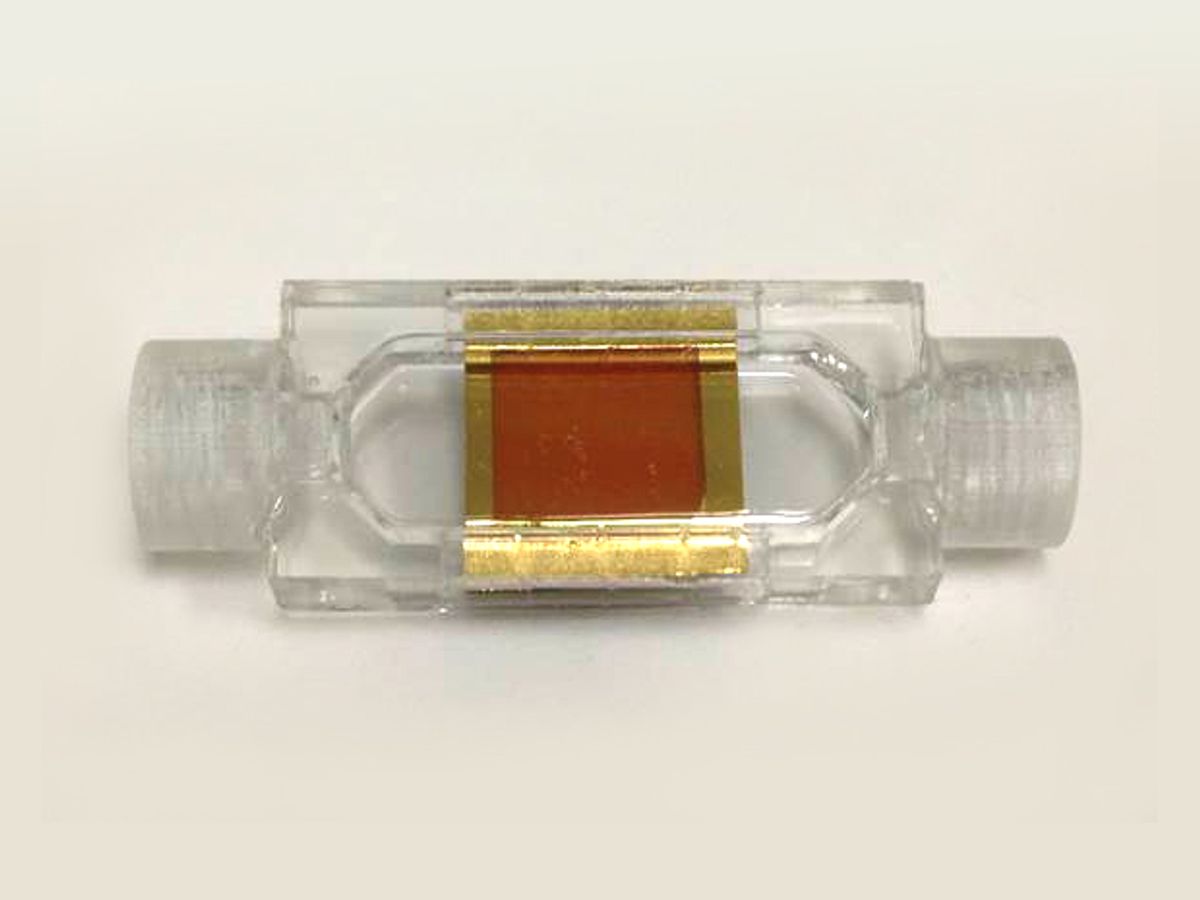Studies show that errors in intravenous drug delivery are common in hospitals and other healthcare facilities. Some errors do not have serious consequences, but others cause major harm, including deaths, and health professionals are always looking for ways to improve dispensing workflows. For example, computerized systems have now advanced IV delivery by administering set volumes of medication to a patient. These systems cannot identify a medication, though, or check its concentration as it is given to a patient. But a new optical device can.
Students at University of Illinois at Urbana-Champaign (UIUC), led by Brian Cunningham, who runs the Micro and Nanotechnology Laboratory at UIUC, used an extremely responsive nanoscale sensing technique called surface-enhanced raman spectroscopy (SERS) to identify the drugs in IV solutions in real-time, meaning the sensor could potentially be used to check IV medications immediately before they are administered to patients. SERS bounces photons off of molecules and measures the photons' post-collision frequency and wavelength to determine the chemical makeup of the molecules themselves.
The students lined IV tubing with a gold surface outfitted with tiny bumps called nano-domes. Then they shone lasers on the gold tube interior, and as IV fluid flowed through the tubes, drug molecules that touched the domes were identified using SERS. The nanostructure surface developed for this project can be deposited on flexible plastic at a low cost because its manufacturing is automated by a very accurate replica molding process.
The detector can currently identify drugs like morphine, methadone, and phenobarbital, and should be highly expandable to an extensive catalogue because of its sensitivity. Additionally, the system can currently identify combinations of two drugs. The goal, though, is for it to be able to handle 10, because a major area of concern in healthcare settings is mistakenly combining drugs with harmful interactions.
"Up to 61 percent of all life-threatening errors during hospitalization are associated with IV drug therapy," Cunningham said in a press release, citing a recent report. "So for all the really good things hospitals can do, the data shows that mistakes can occasionally happen."
Image: Hsin-Yu Wu/University of Illinois



